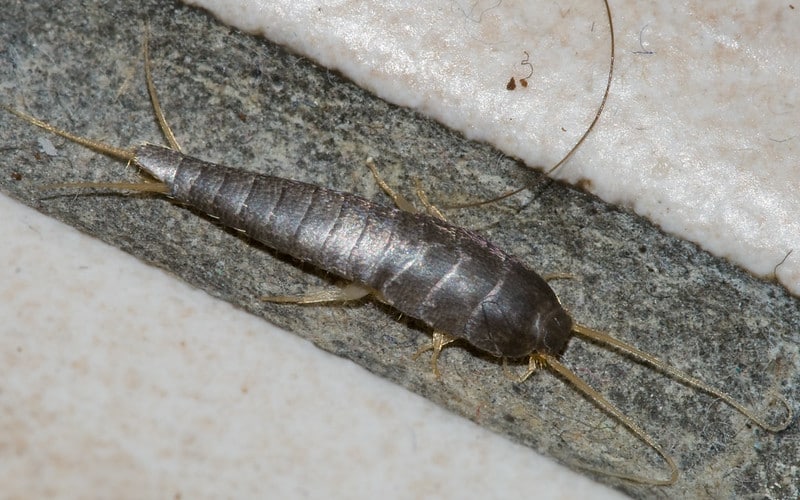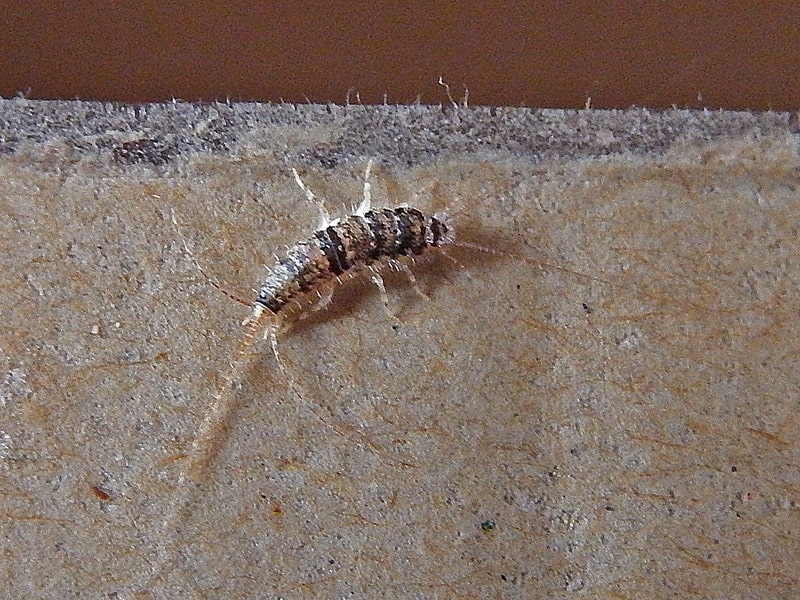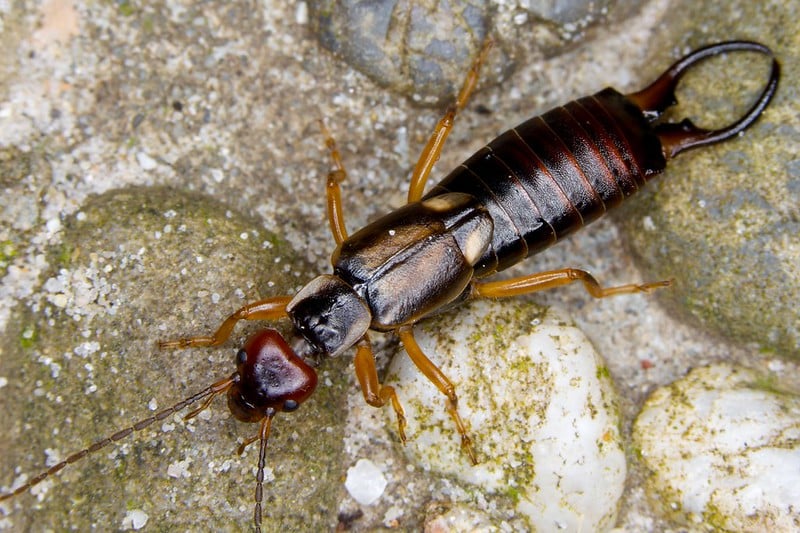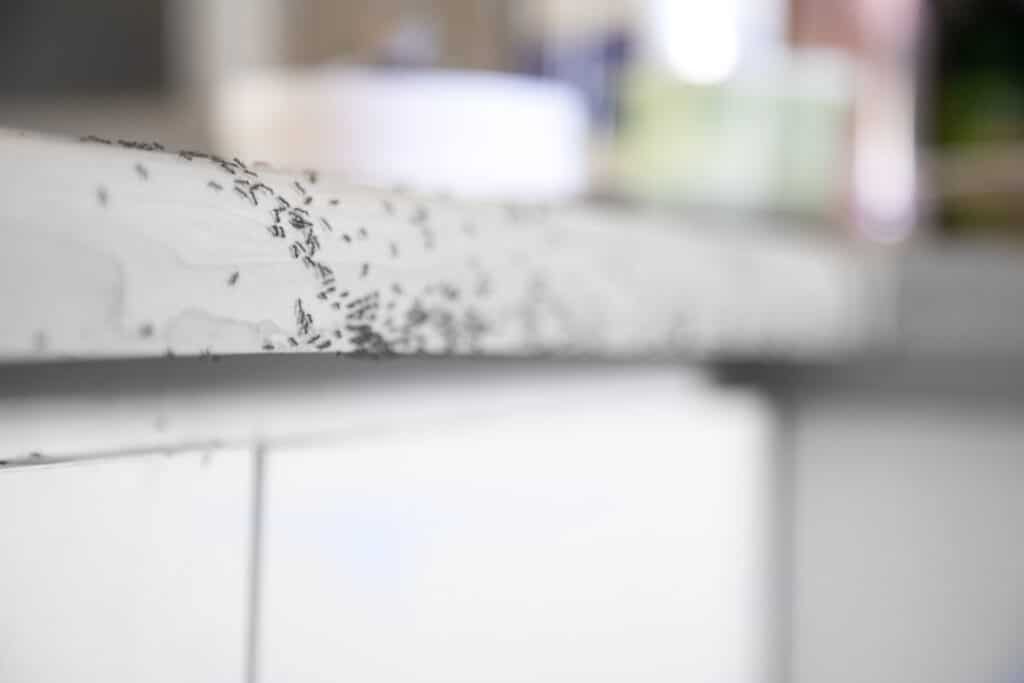
Ants are a common house “pest.” Kitchens are their prime target.
Consider the ways you deal with common, unwelcome intruders (“pests”) — ants, silverfish, earwigs, firebrats, cockroaches, flies, moths, spiders, aphids, pill bugs, etc. — and try these nature-inspired, eco-friendly methods to discourage them, create healthy living spaces and safeguard the planet.
Ditch the chemicals
Commercial pest removal often involves harmful pesticides. Synthetic chemicals designed to kill or repel “pests” can be toxic to the target and to beneficial insects, pollinators, birds and other wildlife, as well as domestic animals and pets. They can also contaminate soil, water and air, posing risks to ecosystems and human health.
While we deter their presence, let’s reframe disdain for certain creatures that venture into our spaces. All play an essential role in the web of life.
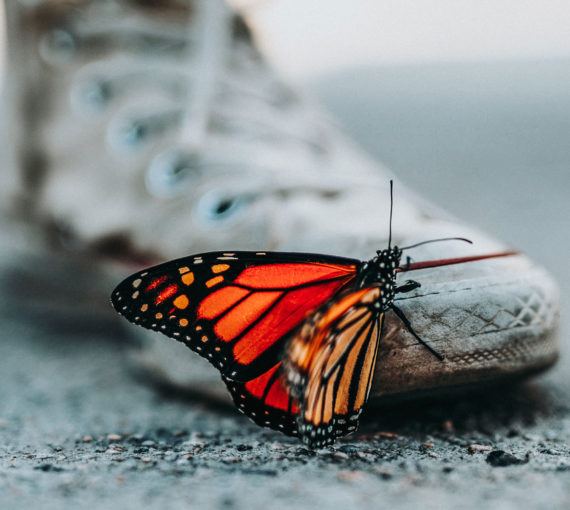
You may not like insects, but you need them
Human activity is driving insects to extinction. When the bottom of the food chain is endangered, so too is everything up the chain — including people. Insect declines threaten birds, fish, reptiles and amphibians that eat insects, as well as the many plants that require them for pollination. Insects are also crucial to soil health, nutrient recycling and ecosystem functioning.
Identify the source
Crawling and flying creatures come indoors for many reasons. To keep them out, identify the root cause(s), then implement targeted solutions.
- Investigate entry points. Inspect your space, paying close attention to areas where you commonly find the unwanted intruders. Seal cracks in walls, gaps around windows and doors, damaged screens and spaces around utility pipes.
- Eliminate attractants. Examine your kitchen, pantry and dining areas for any signs of spills, crumbs or improperly stored food. Inspect your plumbing fixtures and pipes for leaks or stagnant water.
- Assess indoor and outdoor conditions. Cockroaches, silverfish and earwigs are drawn to warmth, darkness and humidity. Carpenter ants love wet, rotting wood. Check for excessive moisture, such as leaky pipes or poorly ventilated areas.
- Look for nesting or hiding spots. Search nooks and crannies in basements, attics, crawl spaces and storage areas. Thoroughly clean and declutter those spaces often.
- Seek professional help. If you’re struggling to identify the source of a problem or infestation, an experienced technician can conduct a comprehensive inspection and identify the root cause. If you want the problem treated, search for an eco-friendly or humane pest control service.
Treat the problem
Here are eco-friendly ways to treat 10 of the most common crawling and flying intruders in Canada.
Ants
Ants can become a nuisance if not addressed promptly.
Most prevalent during spring and summer, ants in search of food may come inside through tiny cracks. Kitchens are a prime target. Once they mark your space as a food source, they tend to make nests in the ground near your building, sidewalk — even inside if they find a good spot.
- Remove scent trails. Ants communicate through pheromone trails, which help them navigate to food sources. Wipe down surfaces (especially where you’ve seen ants) with vinegar to disrupt these trails and confuse the ants’ scent-tracking abilities.
- Use lemon juice, cinnamon or peppermint oil. Spread or spray in windows, doors or other ant-prone areas. The strong scent repels ants and can deter them from entering your home.
- Use diatomaceous earth along cracks and baseboards, or above cupboards. It’s a naturally occurring, fine, glass-like powder made from crushed fossilized algae. It’s so abrasive, it pierces the protective exoskeletons of creatures that have those, so they dry up and die. Ask for it at your local garden or hardware store. Leave it for 24 to 48 hours. Carefully clean it up with a damp rag instead of vacuuming, to prevent clogging the filter.
Silverfish, earwigs and firebrats
Silverfish, earwigs and firebrats have been around for millions of years. Common in Canada, they’re harmless to humans, though sometimes feared. They’re often mistaken for one another because of their similar appearance and protruding appendages.
These creatures primarily feed on dead insects and materials high in protein, sugar or starch. They’ll eat cereals, flour, dog food, wallpaper, book bindings, boxes and other paper products containing starchy paste or glue. A telltale sign they’re in your space? Irregular holes in wallpaper, books and cardboard, especially in humid, cold and dark areas.
- Reduce clutter and remove hiding and breeding spots. Keep your space tidy and get rid of unnecessary items. Regularly clean and vacuum hard-to-reach corners and crevices.
- Use diatomaceous earth or place sticky traps where you commonly see them.
- Plant pest-repelling plants, such as lavender or marigolds, around the perimeter of your space.
Cockroaches
Cockroaches are also common in Canada. They are resilient, prolific breeders, but you can get rid of them without dangerous pesticides.
Because they’re attracted to food and water, places with pet food on the floor, crumbs on the counters, excess garbage or a humid basement are cockroach invitations.
- Sprinkle bay leaves in areas where you see them, such as cabinets or pantry shelves.
- Place catnip sachets or leaves in target areas. An Iowa State University study found that catnip (because of its active ingredient, nepetalactone) is 100 times more effective at repelling cockroaches than DEET.
- Dilute peppermint, eucalyptus or tea tree oil in water and spray the solution around entry points, baseboards and other areas where roaches may enter or hide.
Flies
Flies can be a persistent nuisance, especially during warmer months. Whether they’re fruit flies, houseflies or another species, their presence can make an otherwise comfortable space suddenly feel agonizing.
The cluster fly is the most common unwelcome guest, recognizable by its sluggish behavior, bumping into ceiling and walls, and loud buzzing around windowsills. Face flies share similar characteristics but are more common in rural areas near farms that have cattle.
- Secure garbage and compost bins.
- Dilute a few drops of lavender, peppermint, eucalyptus or lemongrass oil in water and spray the solution on surfaces and around windows, doors and other areas flies tend to enter or gather.
- Hang sticky flypaper strips in areas where they’re commonly seen.
- Make DIY traps using a jar or bottle filled with a mixture of apple cider vinegar, dish soap and a piece of fruit. Fruit flies especially are attracted to the scent.
- Mix one cup of water and one teaspoon of cayenne pepper in a misting bottle and spray near common fly areas. (Works for other unwelcome creatures too.)
- Mix one tablespoon of peppermint castile soap with one litre of water and spray near common fly areas.
- Adopt carnivorous plants. They eat all kinds of flies. Ask your local plant store how to care for them year-round.

How to kill bed bugs without pesticides
To prevent bed bugs, keep clutter to a minimum. Bed bugs thrive in clothes, newspapers and piles of stuff in general. And stay vigilant: watch for signs!
Moths
Moths are not a frequent problem, but can become an expensive, discomforting worry. Signs of moth infestation are holes in your clothes or a flying surprise when you open your pantry.
Avoid using mothballs, which are made of toxic substances like naphthalene, a chemical associated with cancers.
- Cedar is insecticidal. Store wool clothing and other garments with cedar blocks or chips or in a cedar chest or cedar-lined closet.
- Make herbal sachets. Combine two handfuls of dried lavender or rosemary with a tablespoon each of dried cloves and dried lemon peel. Tie the mixture into loosely woven cloths, then toss these bundles into drawers, closets and cupboards.
- Hang small cloth bags filled with whole cloves in closets or place them near fabrics.
- Seal dry food in airtight containers (e.g., glass jars, tins or stainless steel). Pantry moths love flour, whole grains, beans, dried fruit, spices and pet food.
- Make light traps. Moths are attracted to light sources. Place sticky moth traps near windows or light sources.
- If you have an infestation, fill your home with the scent of cedar oil. Mix a few drops with water in a spray bottle or diffuser.
- Keep outdoor lighting away from entry points. Outdoor lighting around doorways and windows increases the chance of moths ending up inside.
Spiders
Spiders are of the most feared home intruders. They’re often harmless and many species eat other indoor-dwelling creatures.
The most common in Canada are house spiders, wolf spiders, cellar spiders, fishing spiders and (much less often and NOT harmless) black widow spiders. They’re usually found in corners of rooms, closets, boxes, dark crevices, basements, garages and gardens.
- Dilute a few drops of peppermint, tea tree and eucalyptus oil in water and spray the solution on walls, windows, door frames, the corner of ceilings and other areas spiders tend to hang.
- Mix equal parts vinegar and water in a spray bottle and apply it to areas where spiders are likely to appear.
- Keep outdoor lighting away from entry points. Spiders are attracted to light sources so outdoor lighting around doorways and windows increases the chance of them entering. Consider using yellow or sodium vapour lights which are less attractive to night-flying insects that spiders feed on.
FUN FACTS ABOUT COMMON PESTS WITH A BAD REPUTATION
Cockroaches
Cockroaches have been around for more than 300 million years and have played a vital ecological role for millennia! They’re one of nature’s recyclers, chowing down on dead plants and animals, converting waste into easily absorbed nutrients for plants.
Ants
Ants are social insects that live in colonies. Each colony has a division of labour with different roles. To work together effectively, ants communicate via chemical signals called pheromones. Ants aerate and enrich soil and stabilize ecosystems.
Spiders
Spiders are one of nature’s “pest” controllers. They regulate populations by preying on a variety of creatures, including flies and mosquitoes. Scientists have estimated that the world's spiders can consume as much as 400 to 800 million tonnes of prey per year!
Aphids
Aphids are tiny insects that seem to appear out of nowhere and can quickly infest houseplants and gardens. But did you know that ants and aphids are connected?
A 2016 study explained this symbiotic relationship. Ants farm aphids for a liquid called “honeydew” secreted when the aphids eat plants. Ants carry the aphids to a new food source once the host plant is depleted of nutrients. The good news? You’re unlikely to see this dual infestation indoors but be wary of your gardens!
The best way to spot an aphid infestation is by a sudden change in a plant’s appearance, e.g., leaves that are spotted, yellowed, curled or wilted. Once you notice those signs, check for clusters of small, soft-bodied insects on the plants’ leaves, stems or buds.
- Inspect and isolate infected plants. Once you spot a potential infestation, keep the affected plant away from others.
- Try companion planting. Marigolds, garlic, chives and catnip repels aphids. Place potted versions of these plants close to your susceptible indoor plants.
- Dilute neem oil in water and spray it on your plants. It’s a natural insecticide that repels aphids and disrupts their feeding and reproduction. (It’s also a great plant polish that’s safe for most plants. Test on a small area first.)
- Spray castile soap diluted with water directly on the aphids and affected part(s) of the plant. Be sure to soak the undersides of leaves where eggs and larvae hide.
Pill bugs
Pill bugs, (a.k.a. woodlice or roly-polies), are small crustaceans often found in damp environments. Their presence may be an indication of a more serious moisture problem or potential rotting wood.
- Use diatomaceous earth where they’re present.
- Mix rosemary, oregano, citronella, citrus, cinnamon, tea tree or peppermint oil with water and spray in hot spots.
- Clear away organic debris, such as woodpiles and excess mulch from near your inside space.
Be vigilant and persistent
When it comes to “pest” control, persistence is key. It may take time and consistent repetition to eliminate intruders and infestations. By combining preventative measures, natural deterrents and targeted approaches, you can successfully keep unwanted creatures out of your home while protecting the health of your family and the planet.

